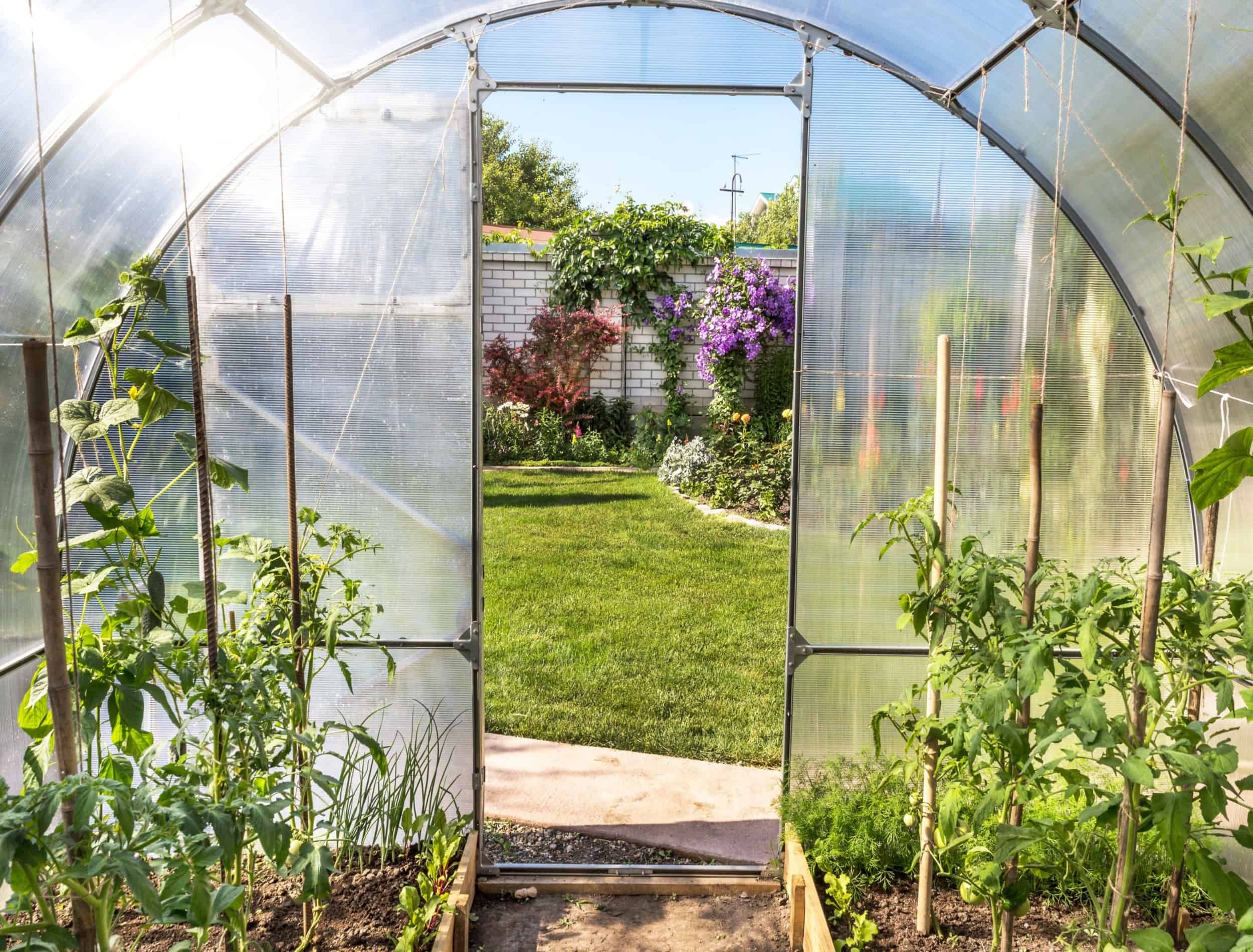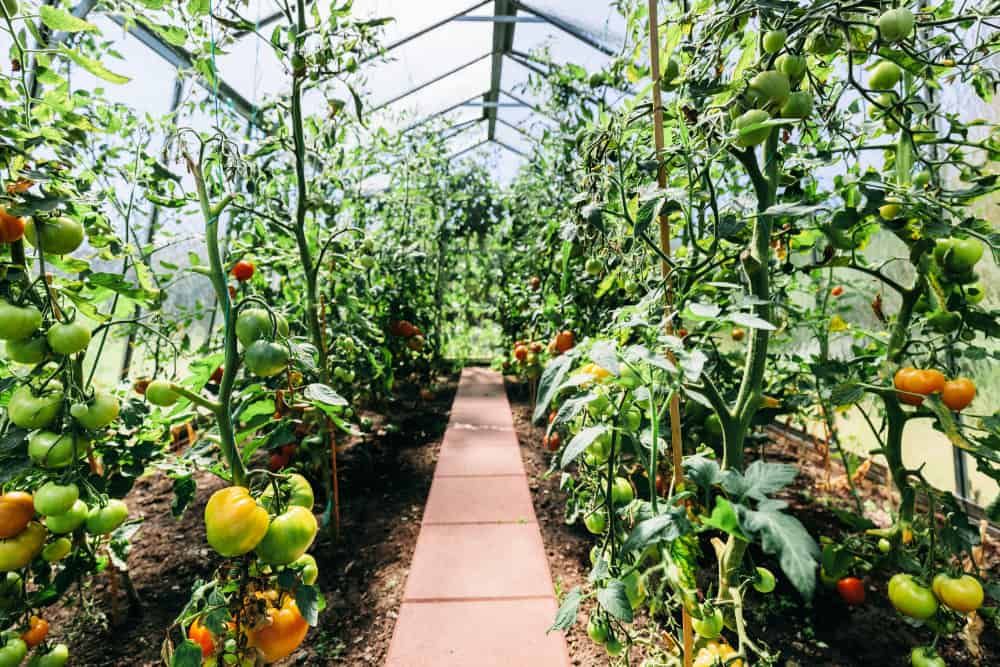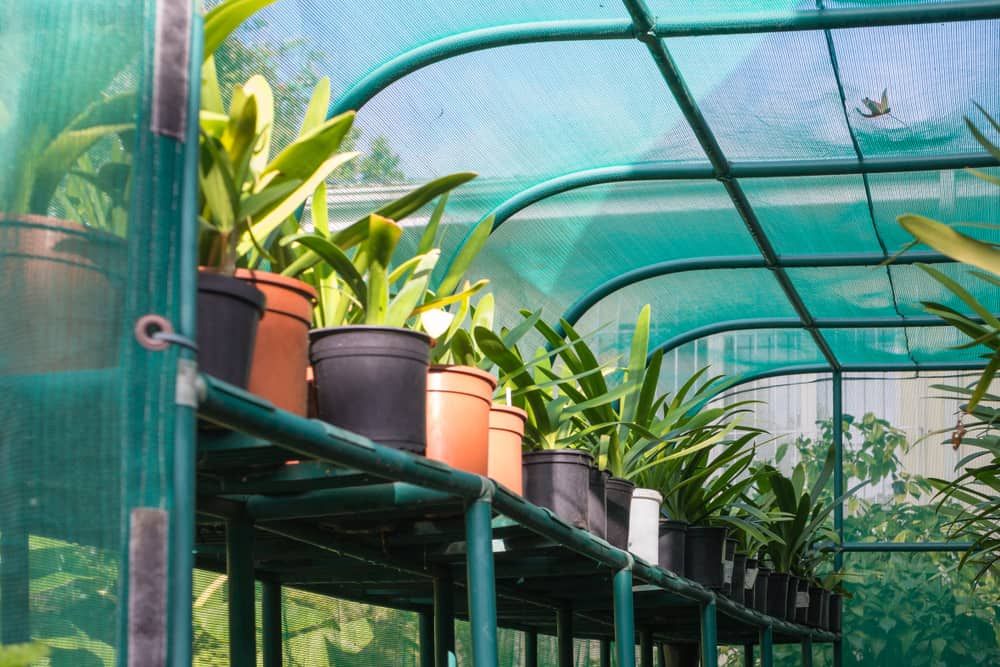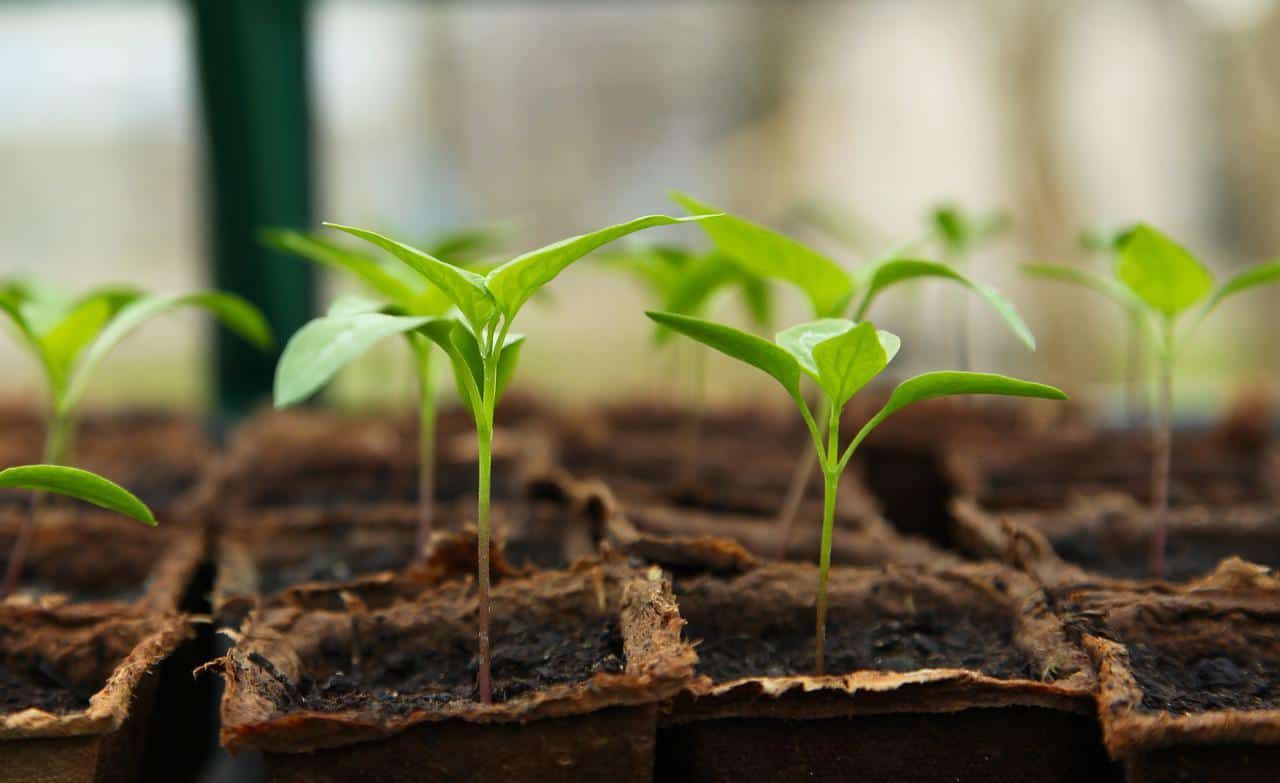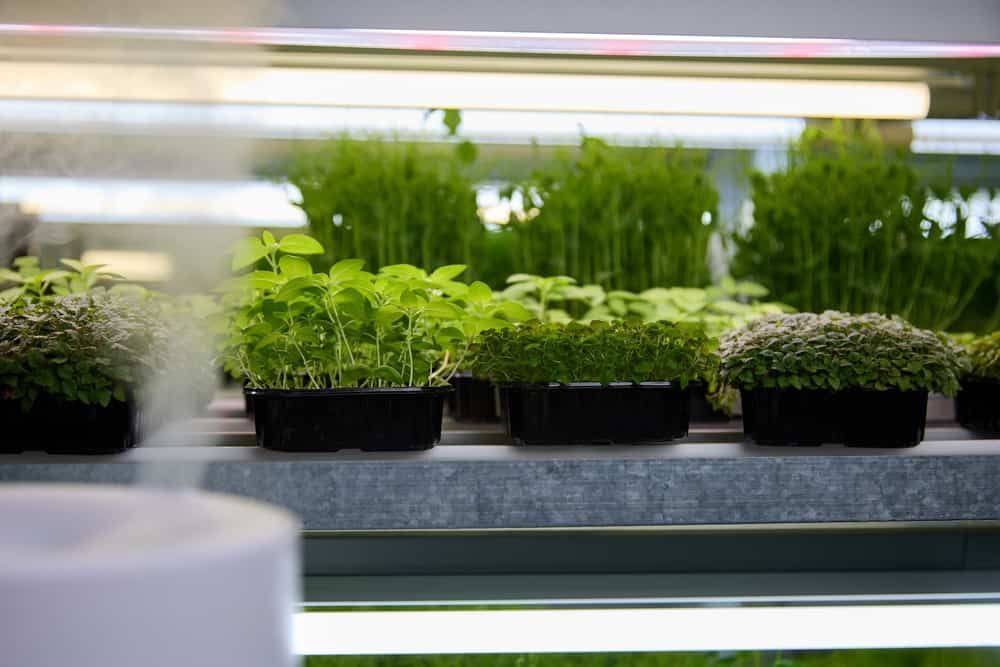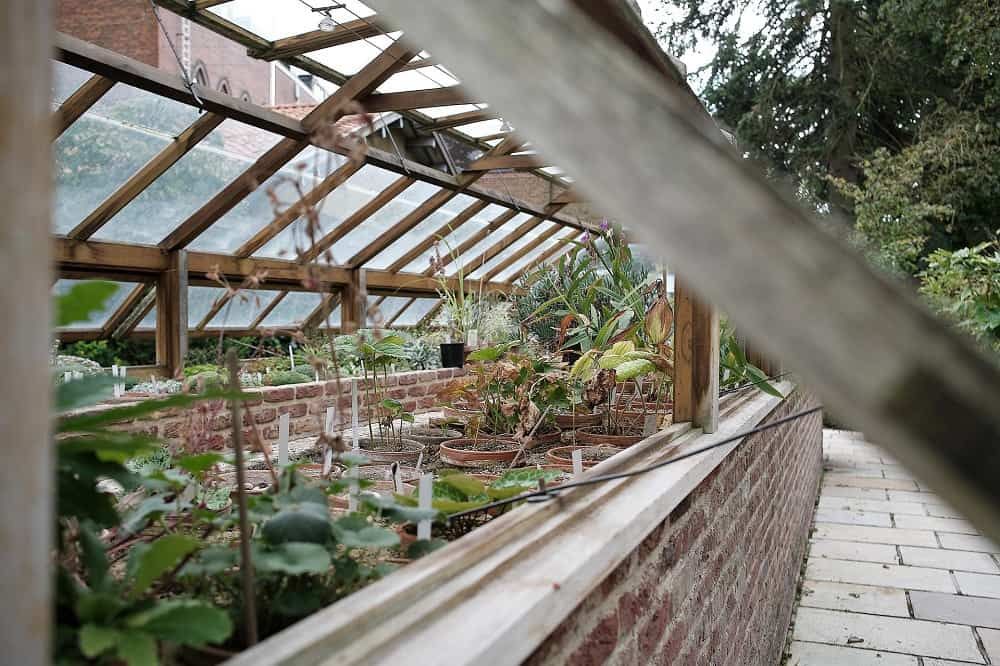As you may or may not know, many people choose to garden in greenhouses. Greenhouses offer a controlled environment for plants, which can be helpful for gardeners who want to extend their growing season or protect delicate plants from the elements.
However, there are a few mistakes that many greenhouse gardeners make, which can lead to frustration and unsuccessful gardens. Let’s take a look at some of the most common greenhouse gardening mistakes, and how to avoid them. Keep reading to learn more!
Location
Image credits: PHOTOCREO Michal Bednarek via Shutterstock
One common mistake people make when choosing a location for their greenhouse is picking a spot that doesn't get enough sun. If you want your plants to thrive, it's important to choose a location that gets plenty of sunlight throughout the day. An east-west facing location is ideal, as it will take full advantage of the sun's rays.
Additionally, building the greenhouse around obstructions like trees could be detrimental to your vegetation because they will block sunlight from reaching the plants inside.
Shade
Image credits: Roxane 134 via Shutterstock
Greenhouses are typically made out of glass or clear plastic, which allows sunlight to enter while trapping heat inside. This creates a warm, humid environment that is ideal for many plants. But it can also be too hot and humid for some plants, especially if the greenhouse is not properly ventilated. This can lead to pests and diseases on your plants. That's why it's important to provide shade for your plants.
There are a few different ways to provide shade for your greenhouse plants. One is to use a shade cloth on the inside of the greenhouse. This will block some of the sun's rays from entering and help keep the inside temperature down. Another option is to use shading paint on the outside of the greenhouse. This can be applied to the glass or plastic panels and will help reflect some of the sunlight away from the plants.
No matter which method you choose, providing shade for your plants is important to their health and success. By taking a little bit of time to set up some shading, you can extend the growing season and protect your plants from extreme weather conditions. So, don't forget to give your plants a little bit of protection from the sun this summer.
Temperature
Image credits: jag2020 via Pixabay
While you may not think of it as often as other aspects of greenhouse maintenance, monitoring the temperature is crucial to the health of your plants. And there are a few reasons why.
Just like humans, plants can get stressed out when there are sudden changes in temperature. When the temperature outside fluctuates, the temperature inside your greenhouse will also change - sometimes quite dramatically.
If the temperature inside your greenhouse gets too hot or too cold, it can leave your plants susceptible to pests and diseases, and damage or kill your plants. For example, if the temperature gets too hot, your plants may experience sunburn, which can cause leaves to turn brown and die. They could also wilt in the heat. On the other hand, if the temperature gets too cold, your plants may experience frost damage, which can kill them outright.
The ideal temperature in your greenhouse should be 75 to 85 degrees Fahrenheit during the day and 65 to 75 degrees Fahrenheit at night.
As you can see, there are many reasons why you need to monitor the temperature in your greenhouse. So, be sure to keep an eye on the thermometer and adjust as needed to ensure that your plants are happy and healthy.
Humidity
Image credits: Aleksandr Finch via Shutterstock
One of the biggest challenges of growing plants in a greenhouse is controlling the amount of moisture in the air. Too much moisture can lead to mold and mildew, which can damage your plants. On the other hand, not enough moisture can cause your plants to dry out and become stressed.
One way to control humidity is to use a technique called "damping down." Damping down is simply wetting down the floor and benches of your greenhouse with water. As the water evaporates, it cools the air and increases the humidity.
To damp down, start by wetting down the floor and benches of your greenhouse with a hose or watering can. Then, turn on a fan to help circulate the air and speed up the evaporation process. You may need to damp down several times a day during hot, dry weather.
Damping down is an easy and effective way to control the moisture in your greenhouse and keep your plants healthy. Give it a try the next time you're feeling like your greenhouse is too dry!
Ventilation
Image credits: Your coffee donations and likes 👍👍👍 are appreciated via Pixabay
When it comes to greenhouse gardening, ventilation is key. Greenhouses can get incredibly hot, especially in the summer months, and without proper ventilation, your plants will suffocate.
When the temperature in your greenhouse gets high, the air inside the greenhouse becomes stale and stagnant. Your plants will start to wilt, and their growth will be stunted. In extreme cases, they may even die.
Proper ventilation is essential for keeping your greenhouse at a comfortable temperature for your plants. There are a few different ways to ventilate a greenhouse. The most common method is to install roof ventilation that can be opened to let fresh air in.
If you’re planning on doing any greenhouse gardening this year, make sure you give ventilation some thought. It’s vital for the health of your plants!
Enjoy The Benefits Of Your Greenhouse
Have you ever gardened in a greenhouse? If so, chances are you’ve made at least one of the mistakes on our list. But don’t worry – we’re here to help! Read on for tips on how to avoid these common greenhouse gardening blunders, and soon you’ll be enjoying a bountiful harvest from your very own greenhouse garden. Do you have any tips or tricks of your own to share? Let us know in the comments below!

